One such modification is the concept termed ‘exercise-oncology’, in which patients are encouraged to increase their physical activity levels after cancer treatment. Participating in higher volumes of exercise is known to increase fitness levels and reduce the risk of many chronic health conditions.
Exercise has been shown to improve fatigue levels, muscular strength, endurance, quality of life, psychological health & body composition (Huang & Ness, 2011). Exercise has also been shown to reduce the risk of cardiovascular co-morbidity development in CCS (Jones et al., 2014), and there is preliminary evidence to indicate that exercise can reduce the likelihood of cancer recurrence in adults (Meyerhardt, 2006).
Intensity: Exercise can be broken into low, moderate or high intensity. Generally speaking, more benefits are achieved with higher intensity exercise. Examples of activities for each exercise intensity are:
- Low (activities where you can maintain conversation easily):
- slow walking, light house work (e.g. cooking)
- Moderate (activities where it is becoming difficult to catch your breath):
- faster walking, hill walking, cycling, hard house work (e.g. vacuuming)
- High (activities where you can no longer sustain conversation):
- jogging, cycling fast, tennis, gym classes
The American College of Sports Medicine and American Cancer Society recommends the following guidelines for physical activity participation:
Only half of childhood cancer survivors will achieve these recommendations, so we need to increase the other half!

- Get on/off the bus 2 stops earlier and walk the rest of the way
- Home-programs with body weight or resistance bands
- Use a pedometer to track step counts (fun for the whole family to use)
- Take the stairs instead of lifts
- Try new activities such as bushwalking or hiking
- Download the Pokemon Go app and go on walking adventures (Gotta Catch Em All!!)
- If your endurance is low, break up your walks into smaller chunks and build it up. E.g:
Disclaimer: The above information is not a substitute for medical advice. It is important to speak with you/your child’s treating team or general practitioner prior to making major changes to your/your child’s exercise regime. This is particularly important if considering resistance training with a current cardiac issue. You may be eligible for an Enhanced Primary Care Plan from Medicare to receive subsidised sessions with an Accredited Exercise Physiologist (AEP). AEPs are university trained allied health practitioners who specialise in providing exercise programs for chronic health conditions. Search for an AEP in your location by typing your postcode into the website https://www.essa.org.au/find-aep/
References
- Arroyave, W. D., Clipp, E. C., Miller, P. E., Jones, L. W., Ward, D. S., Bonner, M. J., Demark-Wahnefried, W. (2008). Childhood Cancer Survivors' Perceived Barriers to Improving Exercise and Dietary Behaviors. Oncology Nursing Forum, 35(1), 121-130
- Children’s Oncology Group. Long-Term Follow-Up Guidelines for Survivors of Childhood, Adolescent and Young Adult Cancers, Version 4.0. Monrovia, CA: Children’s Oncology Group; October 2013; Available online: www.survivorshipguidelines.org.
- Huang, T. T., & Ness, K. K. (2011). Exercise interventions in children with cancer: a review. Int J Pediatr, 2011, 461512. doi:10.1155/2011/461512
- Jones, L. W., Liu, Q., Armstrong, G. T., Ness, K. K., Yasui, Y., Devine, K., . . . Oeffinger, K. C. (2014). Exercise and risk of major cardiovascular events in adult survivors of childhood hodgkin lymphoma: a report from the childhood cancer survivor study. J Clin Oncol, 32(32), 3643-3650. doi:10.1200/jco.2014.56.7511
- Meyerhardt, J., Heseltine, D., Hollis, D., Saltz, L., Nelson, H., Fuchs, C. Impact of Physical Activity on Cancer Recurrence and Survival in Patients With Stage III Colon Cancer: Findings From CALGB 89803. Journal of Clinical Oncology, 24 (22), 3535-3541
- Rock, C. L., Doyle, C., Demark-Wahnefried, W., Meyerhardt, J., Courneya, K. S., Schwartz, A. L., .Gansler, T. (2012). Nutrition and physical activity guidelines for cancer survivors. CA: A Cancer Journal for Clinicians, 62(4), 242-274.
- Speck, R. M., Courneya, K. S., Mâsse, L. C., Duval, S., & Schmitz, K. H. (2010). An update of controlled physical activity trials in cancer survivors: a systematic review and meta-analysis. Journal of Cancer Survivorship, 4(2), 87-100.
The Behavioural Sciences Unit is Proudly Supported by the Kids with Cancer Foundation.
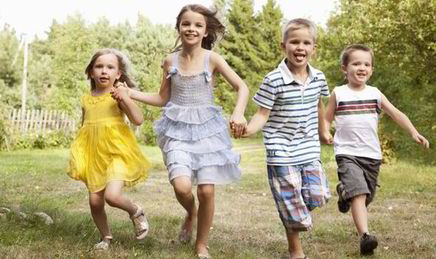

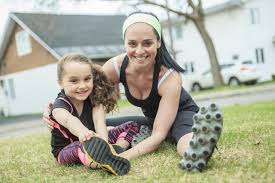

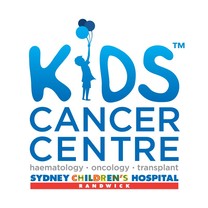
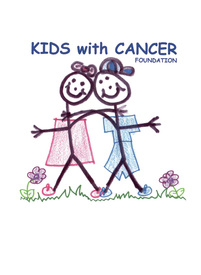
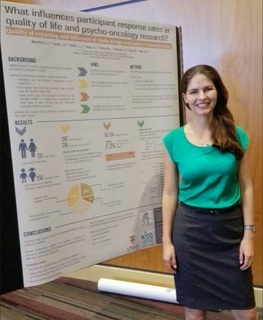
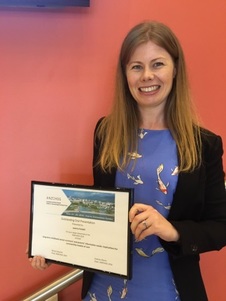
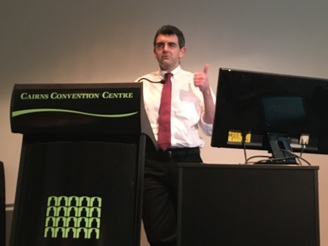
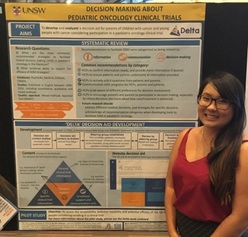
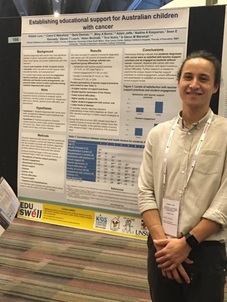
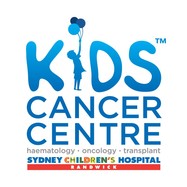
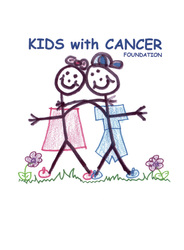
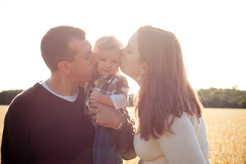
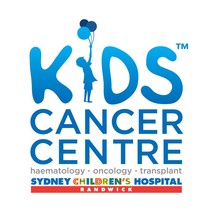
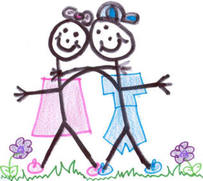
 RSS Feed
RSS Feed